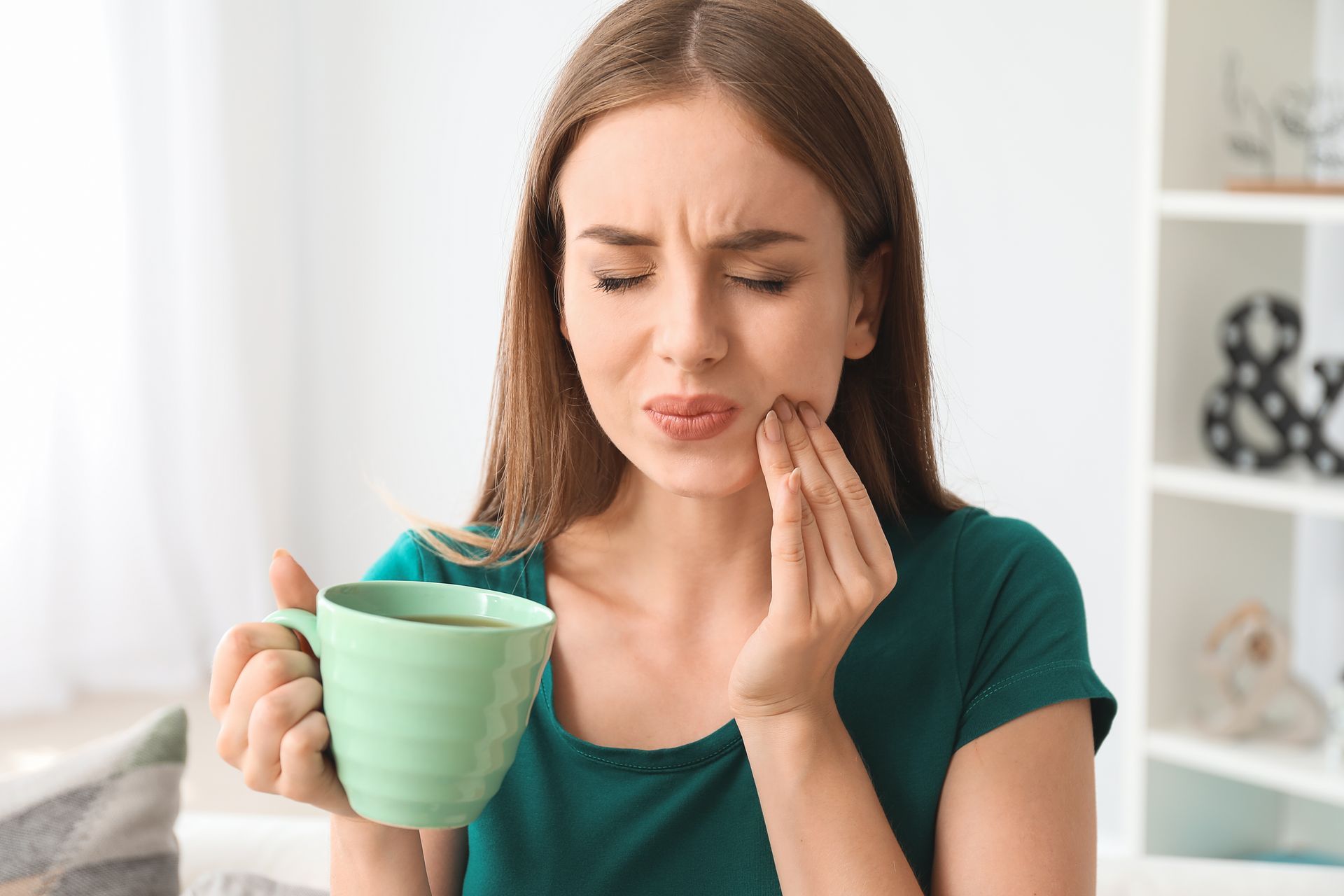Choosing the Best Toothpaste for Your Family
Choosing the right toothpaste for your family can be a bit overwhelming with so many options on the shelves. Whether you have young kids learning to brush or adults with specific dental needs, finding the perfect toothpaste is important for maintaining oral health. The toothpaste you choose can make brushing more effective and enjoyable for everyone in the family.
Different members of your family may require different types of toothpaste. Kids need toothpaste that is not only gentle but also safe if swallowed. Adults might need toothpaste that addresses issues like sensitivity, whitening, or gum health. Understanding what each type of toothpaste offers can help you make informed choices that cater to everyone’s needs.
In this article, we’ll dive into the different types of toothpaste available and explore the specific needs of kids versus adults. We’ll also look at specialized toothpastes for issues like sensitivity and gum care, and provide tips for choosing the best toothpaste for your family. Taking the time to choose the right toothpaste can help keep every smile in your family healthy and bright.
Understanding Different Types of Toothpaste
There are many types of toothpaste, each designed to address specific dental needs. Understanding these different types can help you choose the right one for your family.
- Fluoride Toothpaste: Most toothpaste contains fluoride, which helps strengthen tooth enamel and prevent cavities. Fluoride toothpaste is essential for both children and adults to maintain strong, healthy teeth.
- Whitening Toothpaste: This toothpaste contains mild abrasives and chemicals that help remove surface stains and make teeth appear whiter. It's great for adults who want a brighter smile but might be too abrasive for young children's teeth.
- Tartar Control Toothpaste: Tartar control toothpaste contains ingredients that help prevent the buildup of tartar—a hardened form of plaque that can lead to gum disease. This type is generally recommended for adults prone to tartar buildup.
- Sensitive Toothpaste: Designed for people with sensitive teeth, this toothpaste contains ingredients that help reduce discomfort by desensitizing the nerves inside the teeth. It's ideal for adults who experience pain with hot, cold, or sweet foods.
- Natural Toothpaste: Made with natural ingredients, this toothpaste is free from synthetic chemicals and additives. It’s a good choice for families who prefer organic products, but ensure it contains fluoride for cavity protection.
Knowing the different types of toothpaste helps you pick the right one for each family member’s needs.
Toothpaste for Kids vs. Adults
Kids and adults have different dental needs, so they require different types of toothpaste.
Toothpaste for Kids:
- Flavor and Appearance: Kids’ toothpaste often comes in fun flavors and bright colors to make brushing more enjoyable. Flavors like bubblegum or fruit can encourage kids to brush regularly.
- Fluoride Content: Children need fluoride to prevent cavities, but too much can be harmful if swallowed. Kids’ toothpaste usually has a lower fluoride content than adult toothpaste to make it safer for young users.
- Texture and Abrasiveness: Kids’ toothpaste is less abrasive than adult versions to protect their developing teeth. A gentler formula ensures their enamel stays strong and healthy.
Toothpaste for Adults:
- Advanced Formulas: Adults might need toothpaste with advanced formulas that target issues like sensitivity, gum disease, or whitening. These formulas are more suitable for mature teeth and gums.
- Higher Fluoride Content: Adults’ toothpaste typically contains more fluoride to provide stronger cavity protection, which is essential as enamel wears down over time.
- Multiple Benefits: Many adult toothpastes offer multi-benefit formulations to address several dental concerns at once. For example, a toothpaste might be designed to control tartar, whiten teeth, and strengthen enamel in one package.
Choosing the right toothpaste for kids and adults ensures that everyone in the family gets the best possible care for their teeth.
Specialized Toothpaste for Specific Needs
Some family members might have unique dental requirements that need specialized toothpaste. Here are a few options to consider:
- Toothpaste for Sensitive Teeth: If someone in your family has sensitive teeth, toothpaste designed for sensitivity can help. It contains ingredients like potassium nitrate or stannous fluoride that help block pain signals from reaching the nerves inside the teeth.
- Whitening Toothpaste: If you want a brighter smile, whitening toothpaste can help remove surface stains. It usually contains mild abrasives and peroxide agents that gently polish the teeth and break down stains.
- Antibacterial Toothpaste: For those who are prone to gum disease, antibacterial toothpaste can be beneficial. It contains ingredients like triclosan or stannous fluoride that help reduce bacteria and inflammation in the gums.
- Toothpaste for Dry Mouth: Some people suffer from dry mouth, which can increase the risk of cavities and gum disease. Toothpaste for dry mouth usually contains ingredients that help stimulate saliva production and keep the mouth moist.
- Natural or Organic Toothpaste: For families who prefer natural products, organic toothpaste made from natural ingredients is an option. Make sure it contains fluoride for cavity protection, unless advised otherwise by a dentist.
Choosing the right specialized toothpaste helps address specific dental issues and maintains overall oral health for each family member.
Tips for Choosing the Best Toothpaste for Your Family
Choosing the right toothpaste for your family can make a big difference in oral health and daily dental care routines. Here are some tips to help you make the best choice:
- Read the Labels: Always read the labels to understand the ingredients and benefits of the toothpaste. Look for toothpaste with the American Dental Association (ADA) Seal of Acceptance, which ensures it meets safety and effectiveness standards.
- Consider Individual Needs: Take into account the specific needs of each family member. If you have young kids, choose toothpaste specially formulated for children. For adults with sensitive teeth, opt for toothpaste that targets sensitivity.
- Flavor Matters: Pick flavors that appeal to everyone in the family. If the toothpaste tastes good, it makes brushing more enjoyable, especially for kids.
- Check for Fluoride: Ensure the toothpaste contains fluoride, as it is essential for preventing cavities and strengthening enamel. While some prefer natural toothpaste, fluoride is a key ingredient for dental health unless otherwise advised by a dentist.
- Avoid Harsh Ingredients: Stay away from toothpaste with harsh abrasives or sodium lauryl sulfate if someone in the family has sensitive teeth or gums.
- Shop Together: Involve your family in choosing toothpaste. Letting everyone have a say can make them more likely to use it regularly.
These tips can help you find a toothpaste that keeps everyone’s teeth healthy and makes brushing a pleasant part of the daily routine.
Conclusion
Choosing the right toothpaste for your family involves understanding different types of toothpaste and considering the unique needs of each family member. Whether it’s kids needing a kid-friendly flavor or adults requiring sensitivity protection, selecting the right toothpaste is crucial for maintaining oral health. Specialized toothpastes can help address specific issues such as sensitivity, whitening, and gum health, making it easier to find the perfect match for everyone.
By reading labels, considering individual preferences, and involving your family in the selection process, you can ensure that brushing becomes a positive and effective routine. Remember, good oral hygiene starts with the right toothpaste, and using the right one can prevent cavities, improve gum health, and make everyone’s smile brighter.
If you need more advice on choosing the best toothpaste for your family or if it’s time for a dental check-up, contact Aria Dental of Annapolis. Schedule an appointment with our
dentist in Annapolis today to keep every smile in your family healthy and happy!



Share This Post

